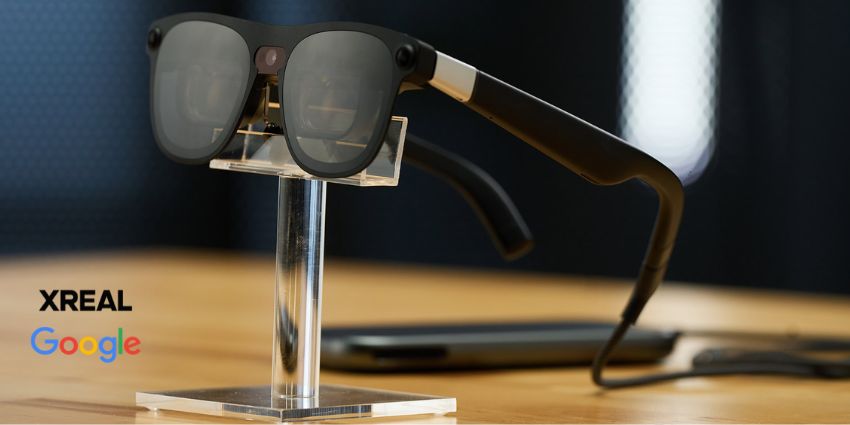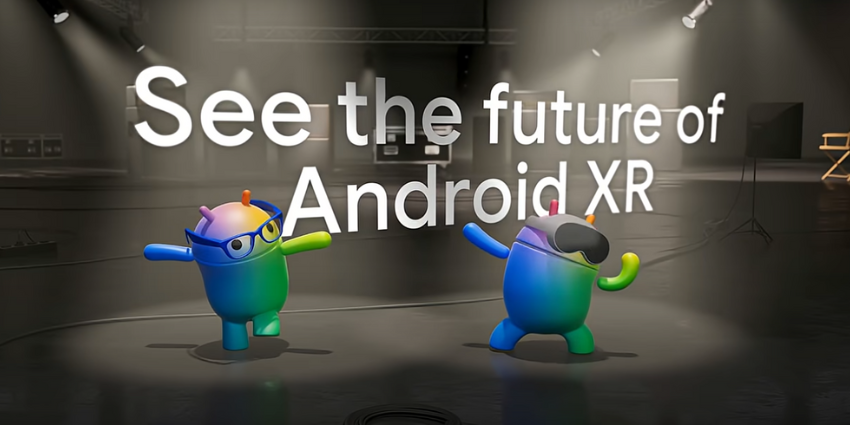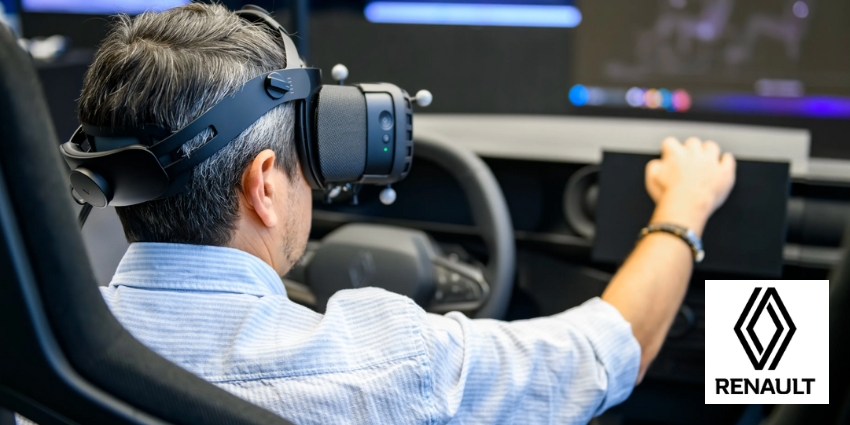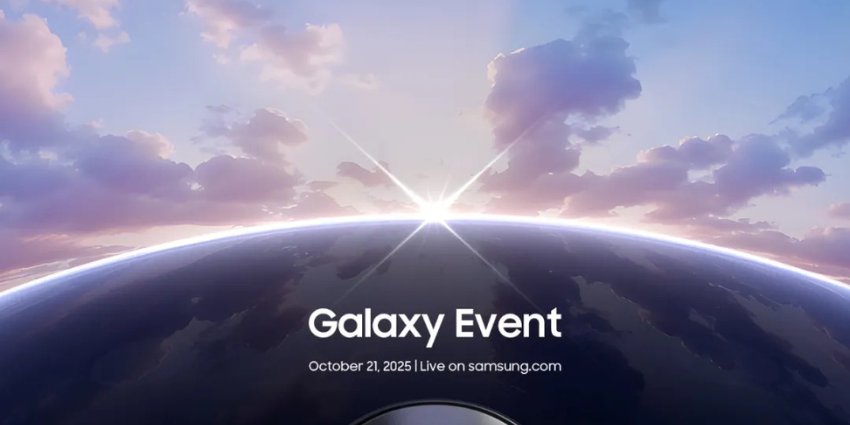This week, Microsoft announced significant layoffs accounting for roughly 1,000 positions in its HoloLens and Azure Cloud divisions. This puts into question the firm’s development of HoloLens 2 hardware and Azure “Moonshot” projects that include collaboration with firms like SpaceX to enhance highly complex operations.
Following Microsoft’s axing of roughly 10,000 almost a year ago, Microsoft appears to be tightening up its XR and cloud division without hitting its AI teams, a core focus for Microsoft following its OpenAI partnership.
In an official statement, Microsoft spokesperson Craig Cincotta added:
Earlier today, we announced a restructuring of Microsoft’s Mixed Reality organization. We remain fully committed to the Department of Defense’s IVAS program and will continue to deliver cutting-edge technology to support our soldiers. In addition, we will continue to invest in W365 to reach the broader Mixed Reality hardware ecosystem. We will continue to sell HoloLens 2 while supporting existing HoloLens 2 customers and partners. – Organizational and workforce adjustments are a necessary and regular part of managing our business. We will continue to prioritize and invest in strategic growth areas for our future and in support of our customers and partners.
In the statement, Cincotta highlights current partnerships that are fueling support for HoloLens 2. Notably, Cincotta brought up the IVAS deal, a multi-million dollar contract to equip US Army professionals with MR headsets to assist with combat readiness and effectiveness.
Microsoft is continuing to support HoloLens 2. However, near-yearly layoffs in its MR division have drawn natural scepticism toward the team’s future. At the same time, Microsoft is working to produce software solutions, not XR hardware, for other market leaders, such as Meta, via a series of immersive Office 365 applications.
At Microsoft Build, Pavan Davuluri, the firm’s Corporate Vice President of Windows and Devices, explained, “We’re deepening our partnership with Meta to make Windows a first-class experience on Quest devices. Windows can take advantage of Quest’s unique capabilities to extend Windows apps into 3D space.”
Microsoft Retains HoloLens 2 Commitment in 2024
Despite recent layoff news, Microsoft seems committed to its legacy MR headset. In May, Microsoft released a new update for the Hololens 2 MR headset, the device’s first significant enhancement in 2024 and its first major improvement since October 2023.
Microsoft is updating the Windows Holographic framework that powers the MR headset. The company states the May update will support IT professionals and developers using the Hololens 2 product.
The latest update includes an OpenXR coding feature that offers greater flexibility and an improved out-of-the-box experience for Hololens 2 developers without requiring access to Microsoft Store assets.
The update integrates the version 1.1 update of the OpenXR API released by Khronos Group. This update consolidates multiple extensions into a single API, streamlining application development cycles.
Windows Holographic v24H1 also enhances the sign-in process for HoloLens 2 devices by using regular Microsoft Entra user accounts, enabling individuals to sign in and use the device without needing additional credentials.
Moreover, IT administrators now have more control over the credentials required when a worker returns to a HoloLens device after a break. The updates also support multiple workers using the same HoloLens 2 device, withdraw user tracking, and improve access to Microsoft Entra resources, such as Dynamics 365 Guides.
The update also includes improvements in network reporting and provides Offline Diagnostics to aid in resolving common HoloLens 2 connectivity issues. Microsoft has also added synchronization features to enhance Wi-Fi connectivity, improving device alignment with a time server. Other updates include enhanced integration of Microsoft’s Intune application, eye tracking calibration, and device standby policies.
Despite the lack of public focus on immersive solutions, Microsoft is still refining its software and approach with launches like immersive Office 365 software solutions and Co-Pilot for Apple’s XR marketplace. While the last few years for HoloLens have faced ups and downs, the hardware is still a respected and legacy-holding device, which has changed approaches to work.
The future of Microsoft’s XR ambitions is hard to predict. However, in some way or another, Microsoft will continue to innovate with workplace XR.







